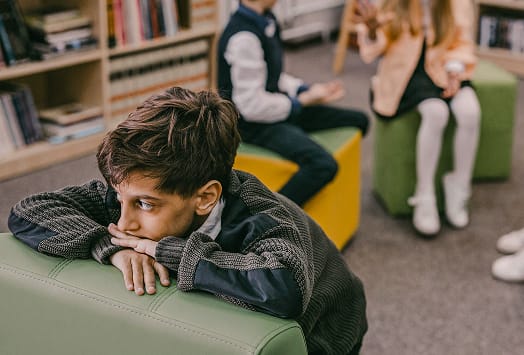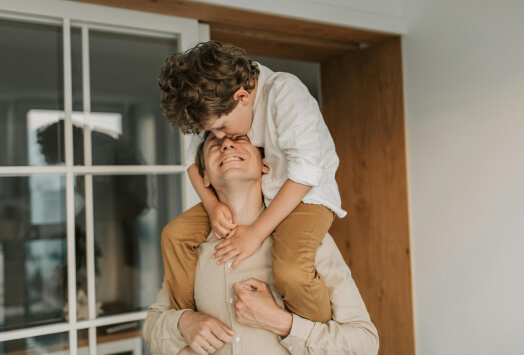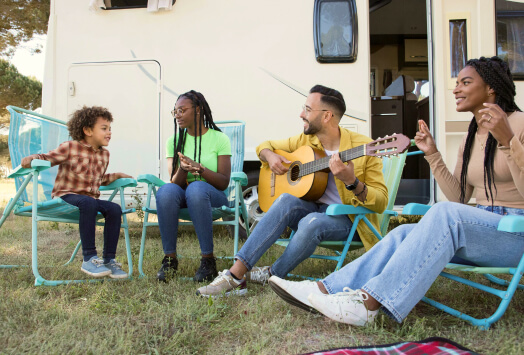It’s tough to avoid the alarming information about climate change covered on the news. We know it’s not a glamorous topic, but we’re in the midst of a climate crisis and it’s up to this generation — and our children — to mitigate the impacts of climate change. Little ears are always listening, and this could draw some very interesting questions from your child, such as, “What is the environment?” and, “What can I do to help the environment?”
Explaining the environment to kids
Explaining the concept of the environment to a child might seem like a large task, but in reality, it’s simple. Take a walk outside and explain to your child the environment is everything that is around us. That consists of the following:
- Air
- Soil
- Water
- Plants
- Animals
Let them know that to have healthy plants and healthy animals, we must help maintain a healthy environment. And it is our job to help keep the earth healthy.
You can explain to your children that environmentalism is when you do an activity to protect the environment and show that you care about the earth. Just like they would make sure their favorite stuffed animal was always taken care of, they want to make sure the earth is taken care of.
How to teach your kids sustainability
We want to make sure we reduce, reuse, and recycle. Make sure you read our helpful tips below that kids can use when learning how to reduce, reuse, and recycle.
1. Make a pledge to reduce
We’re talking about plastic! Do this as a family and make it a challenge! Your child will love helping you and the rest of the family write a pledge to decrease the use of plastic in your house. Have them help point out places plastic is used, such as plastic grocery bags. Decide what you could do to stop using plastic, like reusable grocery bags.
2. Keep an eye on waste
Track how much waste your family is producing a week. Is it your child’s job to take out the trash when it is full? Have them make a chart of the number of bags they take out a week. You may be surprised at the total number!
3. Start a compost pile in the backyard.
Composting is a fun project for the whole family. Composting is not only great for the environment, it is also an awesome science experiment that can help children learn more about biology, life cycles, recycling, conservation. What is composting? Composting is the process of decomposing and recycling organic material, like that apple core that might get thrown out or a banana peel. Check out this cool article on how to get started!
4. Make it a challenge to turn off unused lights.
Do you feel like every light in the house is always on? Not only is that bad for the environment, it runs up your electric bill! Make it a contest between your children to see who can turn off the most unused lights in one day. To make it more fun, add a prize for the child that does the best job!
5. Research the impact of transportation on the environment.
Plan on how your family can walk or bike more often. Talk to your children about pollution and other effects that our forms of transportation have on the environment. Put together a plan for the family where you can bike or walk. Instead of driving to the park, take a family bike ride. Is your child’s school within walking distance? Walk them to and from school on pretty days instead of taking the car.
6. Learn about the earth, trees, and plants.
What better way to teach your child about the environment than taking them into nature? Encourage them to play and dig in the dirt. Point out different noises you hear and types of flowers and trees you see. Make sure to remember questions they ask while you are out, so you can research them together when you get home. Here is a great resource guide you can use!
Children are our future. We want them to learn young about the environment and how to take care of our planet for themselves and future generations.
















